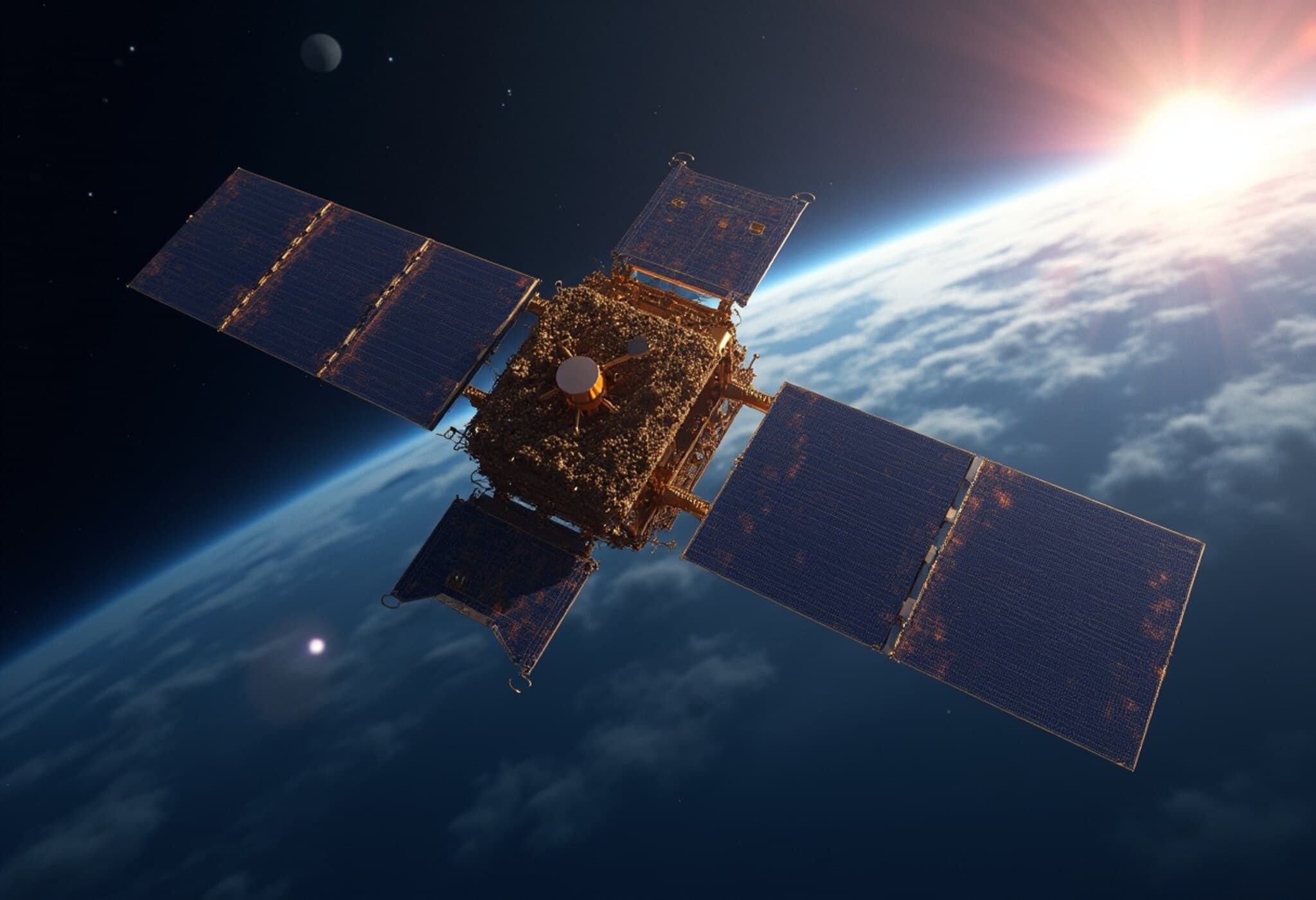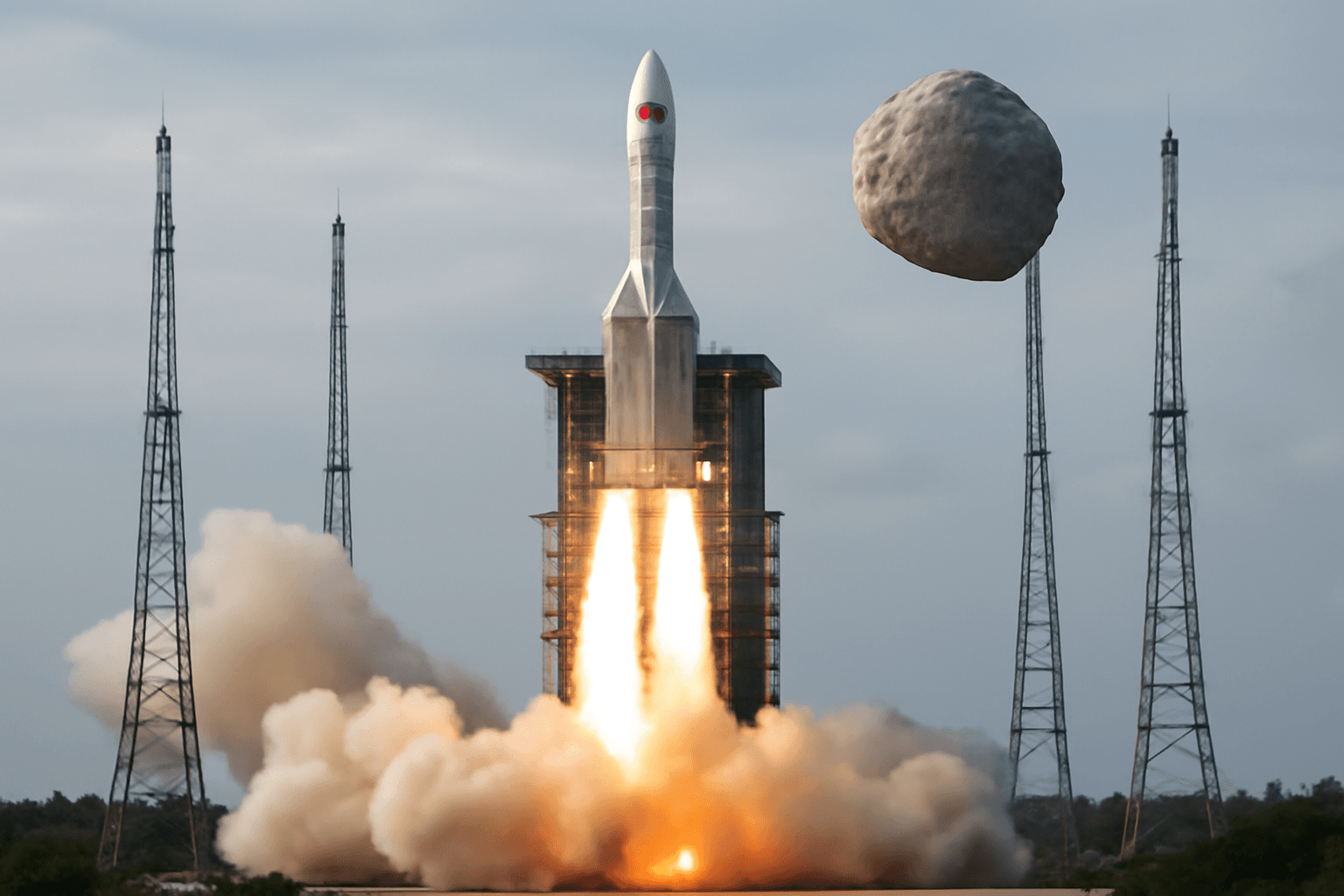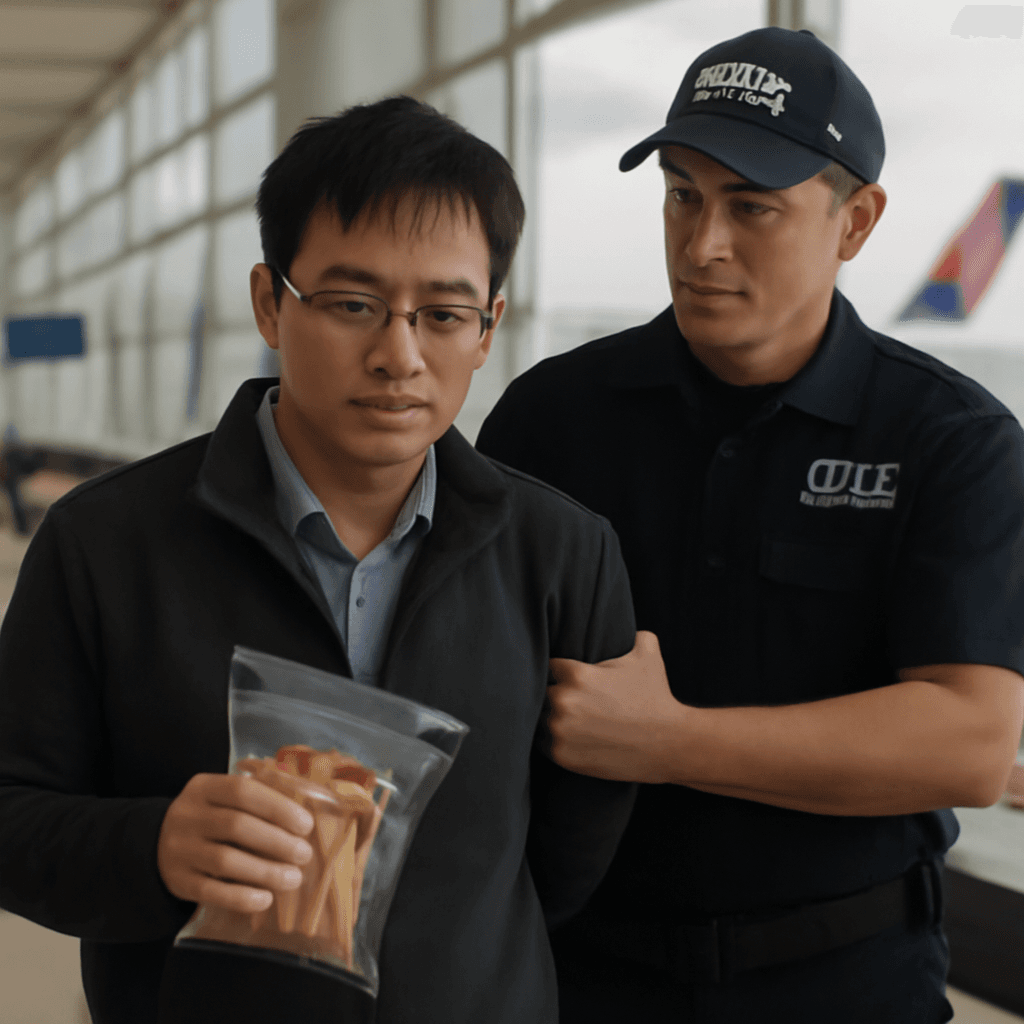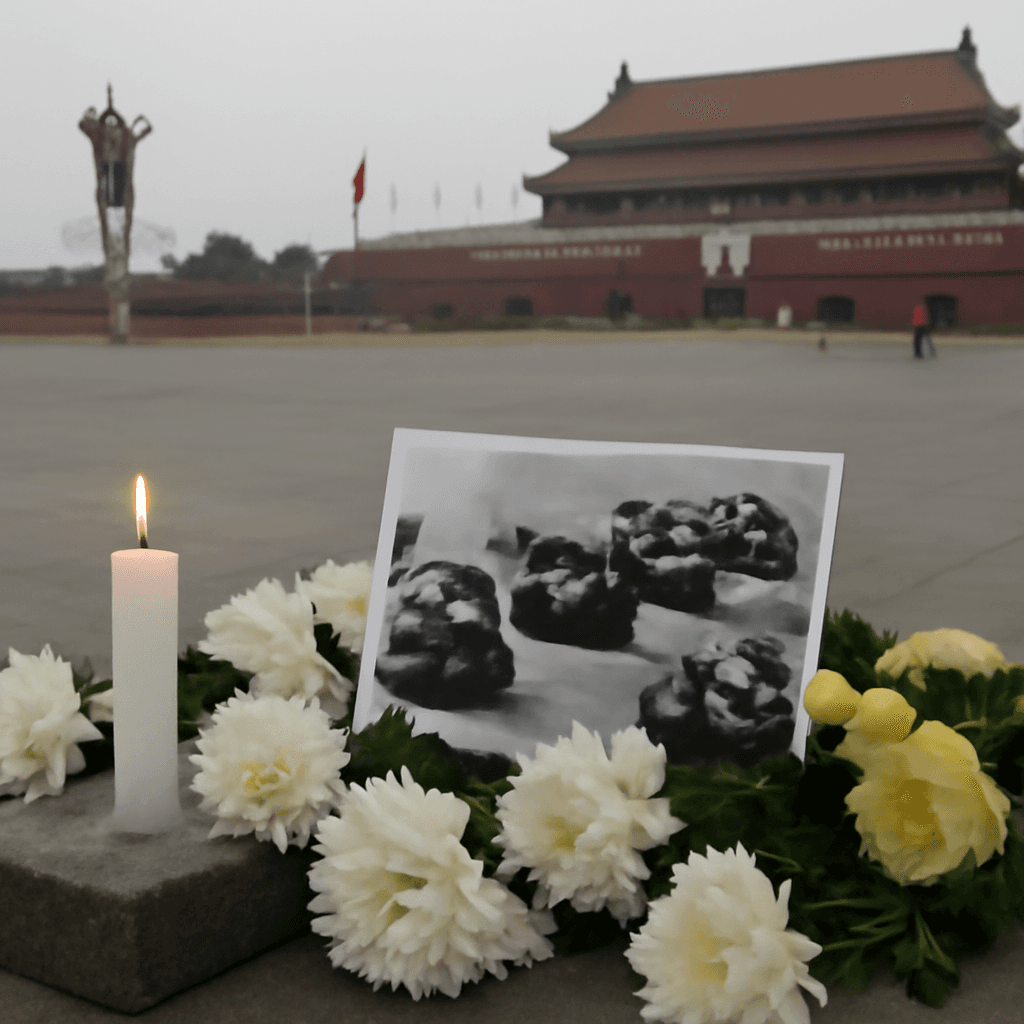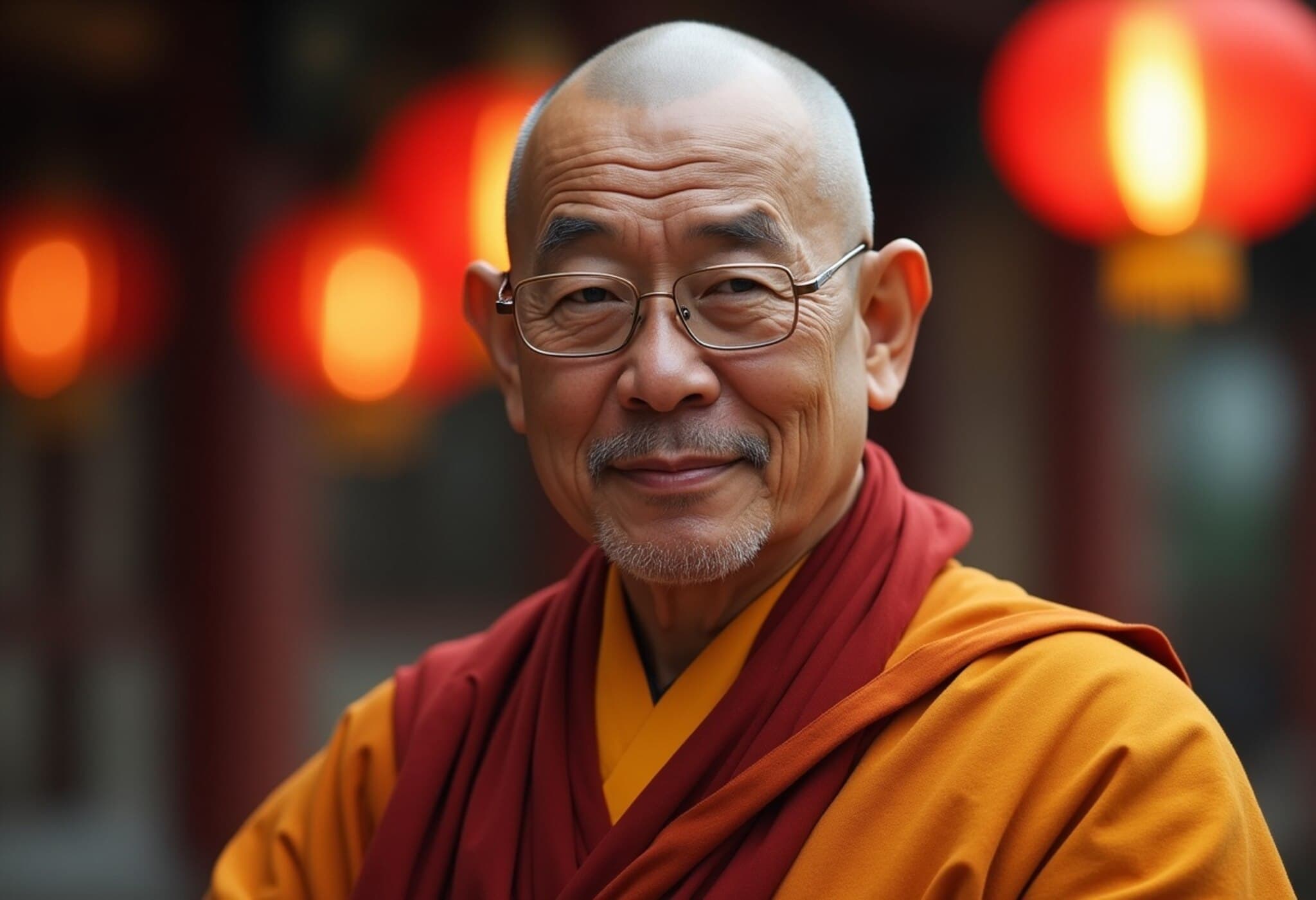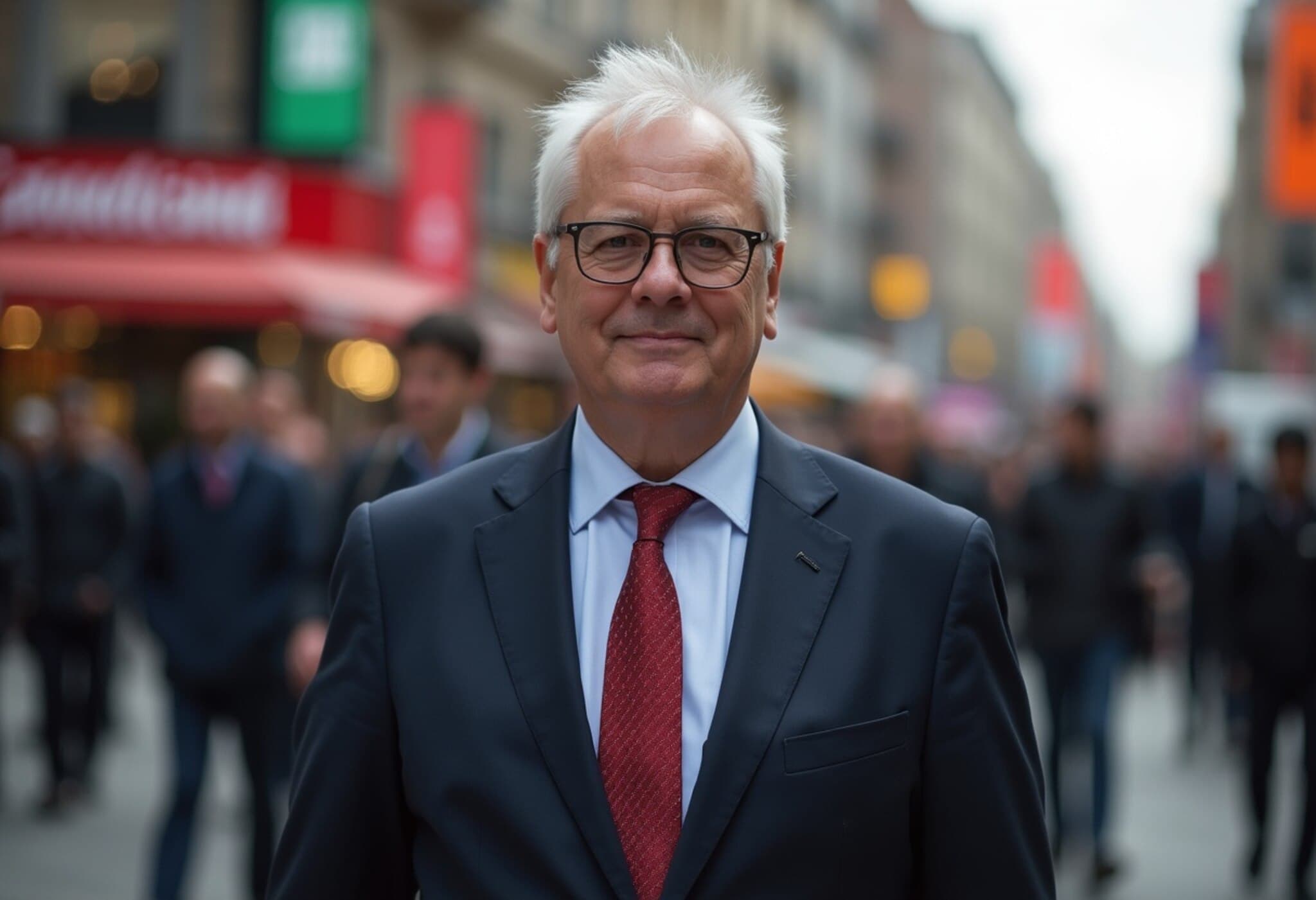The Ancient Seismoscope: From Legend to Laboratory
Nearly two millennia ago, during China's Eastern Han dynasty, an extraordinary device called the Houfeng Didong Yi was said to exist—a seismoscope capable not only of detecting distant earthquakes but also indicating the direction from which they originated. Created by the polymath Zhang Heng around 132 AD, this ingenious instrument was hailed in ancient texts such as The Book of the Later Han as being "as accurate as the gods." Yet, despite its legendary status, many scholars dismissed it as myth, and the device had even been removed from China's educational curriculum in recent years.
Decoding the Mechanism: Dragons, Toads, and Bronze Balls
Descriptions portray the seismoscope as a large, ornate bronze vessel, surrounded by eight dragon heads evenly spaced around its circumference, each holding a bronze ball in its mouth. Beneath each dragon sat a toad with an open mouth to catch the sphere. When seismic vibrations struck, a hidden internal pendulum mechanism triggered one dragon to release its ball into the corresponding toad’s mouth, producing an audible clang and signaling the earthquake's direction.
This device’s conceptual brilliance was centuries ahead of comparable European seismometers, which didn’t emerge until the 19th century—highlighting Zhang Heng’s remarkable ingenuity.
Modern Science Meets Ancient Engineering
Despite its fame, recreating the Houfeng Didong Yi has vexed historians and engineers alike. Previous attempts based solely on historical descriptions fell short of replicating the device’s full functionality. Sceptics argue that ancient civilizations lacked the mechanical sophistication for such precision instruments.
Enter Dr. Xu Guodong, associate professor at Hebei’s Institute of Disaster Prevention, who leads a multidisciplinary team blending archaeology, seismic engineering, and physics. Through critical analysis of classical texts and mechanical principles, Xu’s team hypothesizes the device’s "capital pillar" was not a simple rod but a pendulum-like cantilever resembling a giant chopstick anchored to a base. This clever design amplified imperceptible ground vibrations (as minute as 0.5mm movement) into a 5mm swing, sufficient to activate an L-shaped lever system releasing the bronze ball.
Precision in Motion: How the Device Worked
- Excitation Structure: The pendulum amplifies seismic tremors.
- Transmission Structure: The motion triggers levers linked to the dragons.
- Shutdown System: Locks remaining dragons to ensure only one ball drops—simulating directional accuracy.
This interlocking mechanism prevented false readings by locking out other directions once the first ball fell, mirroring historical accounts that described one dragon activating while seven stayed silent.
Implications for Seismic History and Modern Earthquake Science
Xu’s research, detailed in a March publication in Progress in Geophysics, rescues the seismoscope from the realm of legend, positioning it as a true testament to early Chinese innovation. While it could not offer precise epicenter localization by today's standards, it demonstrated a rudimentary grasp of seismic detection and directionality—concepts fundamental to modern earthquake science.
Moreover, exploring this ancient technology invites reflection on how knowledge can cycle through history, reminding us that breakthroughs often have deep historical roots. It also challenges the tendency in some educational contexts to dismiss indigenous technological heritage as superstitious or mythic, instead underscoring the importance of reevaluating historical narratives with contemporary scientific tools.
Why This Matters Today
As the United States and many parts of the world grapple with earthquake preparedness, understanding ancient seismic monitoring's ingenuity offers cultural inspiration and alternative perspectives on disaster detection. It raises critical policy questions about integrating traditional knowledge with modern technology to create resilient early-warning systems tailored to diverse geographies and communities.
Editor’s Note
The resurrection of Zhang Heng’s seismoscope is more than a fascinating historical footnote—it bridges past and present, combining artistry, science, and engineering spirit. It compels us to ask: How many other ancient technologies lie waiting to be rediscovered? How can modern science honor and build upon this heritage? Above all, in an era of escalating natural disasters, what lessons can we draw from civilizations that confronted nature with innovation and insight two millennia ago?
For policymakers, scientists, and educators alike, this story underscores the value of interdisciplinary approaches when exploring humanity’s collective knowledge, urging a broader conversation about the origins and evolution of scientific ingenuity.


